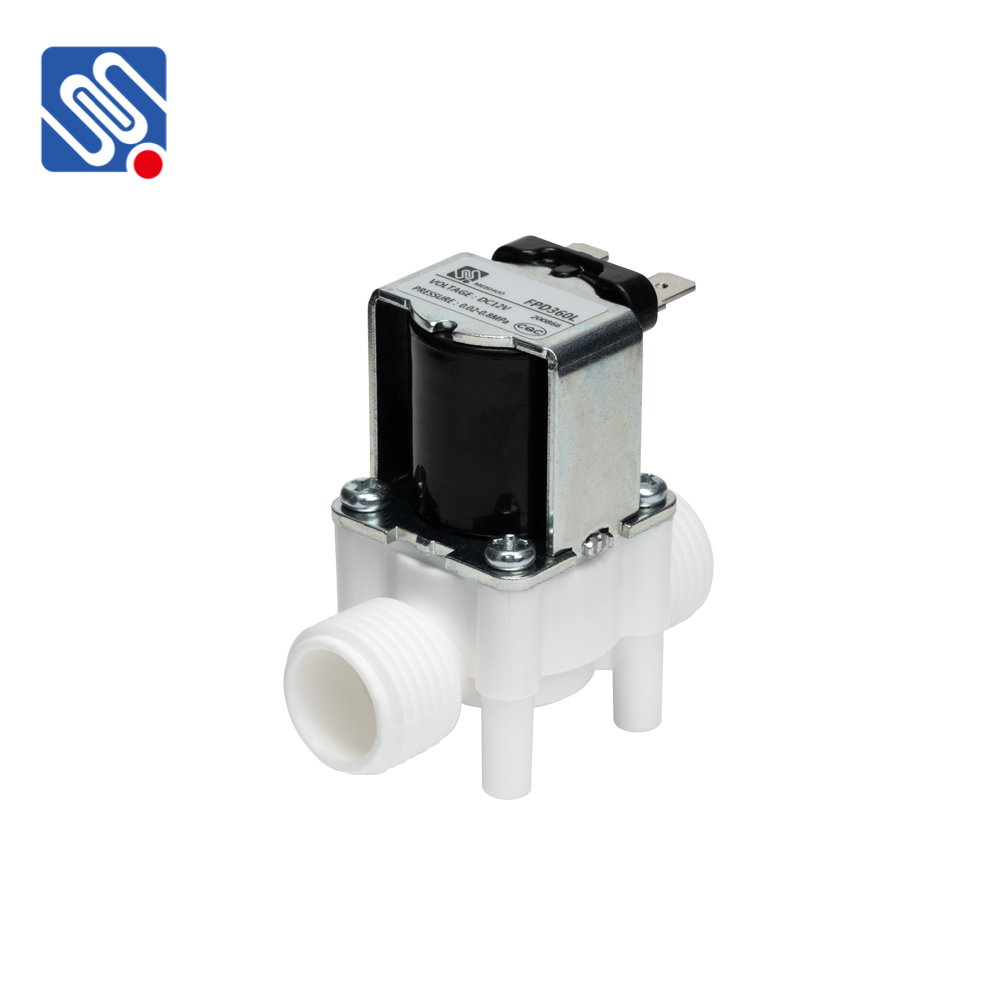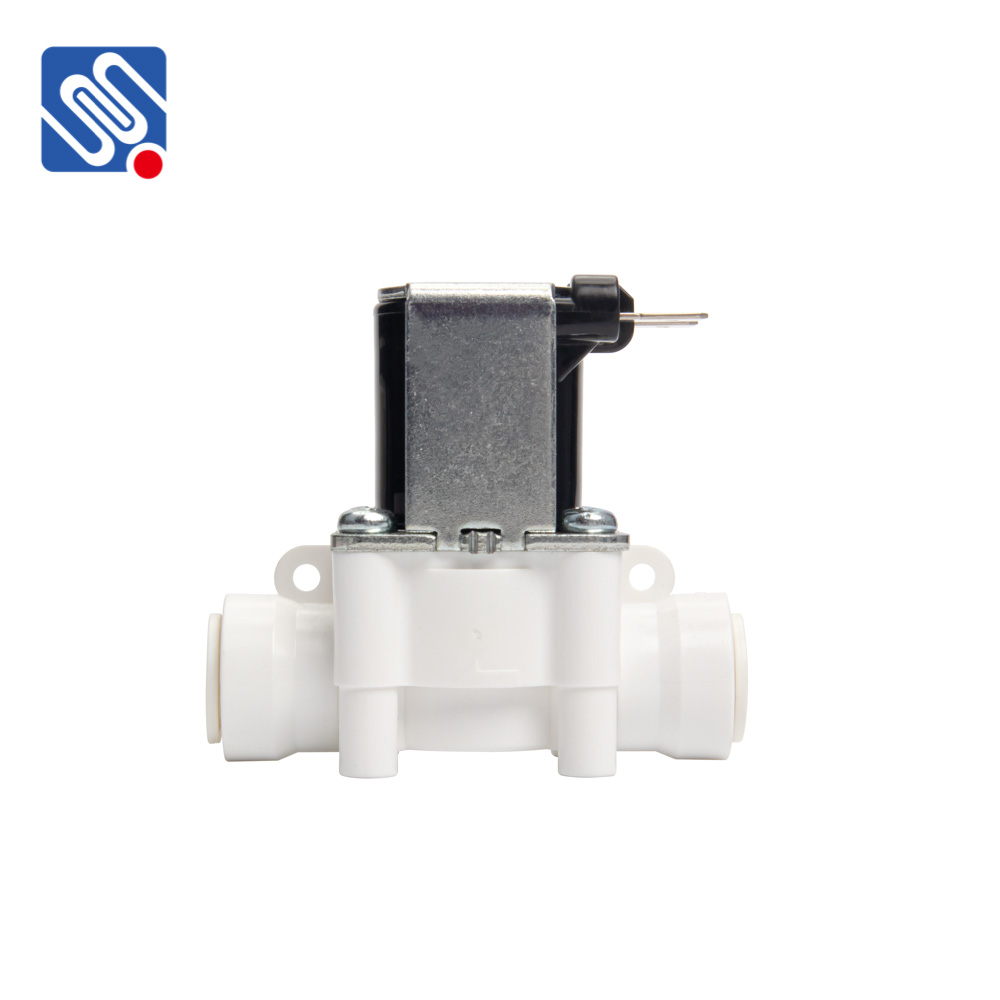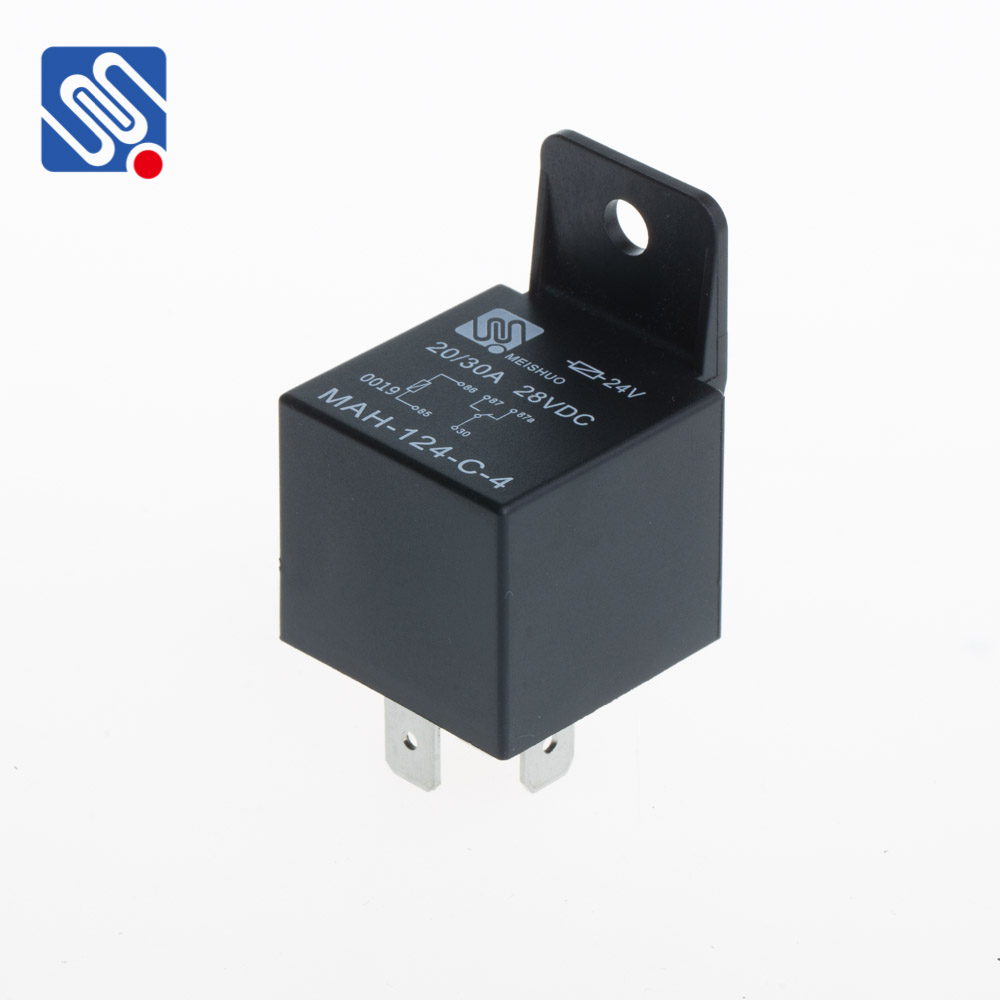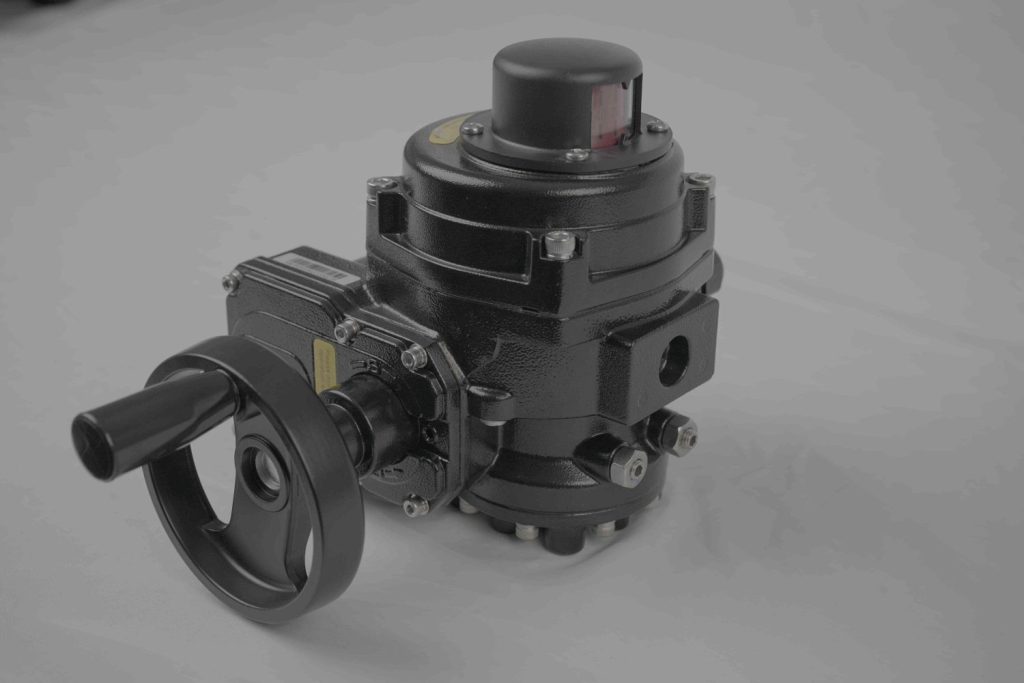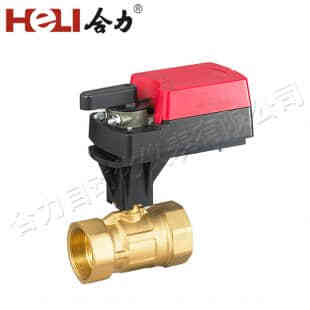In the realm of industrial automation and process control, the electric two-seat regulating valve stands as a pivotal component, ensuring precise and efficient regulation of fluid flow. This versatile device, with its dual-seat design and electric actuation, offers unparalleled performance in various industrial settings.
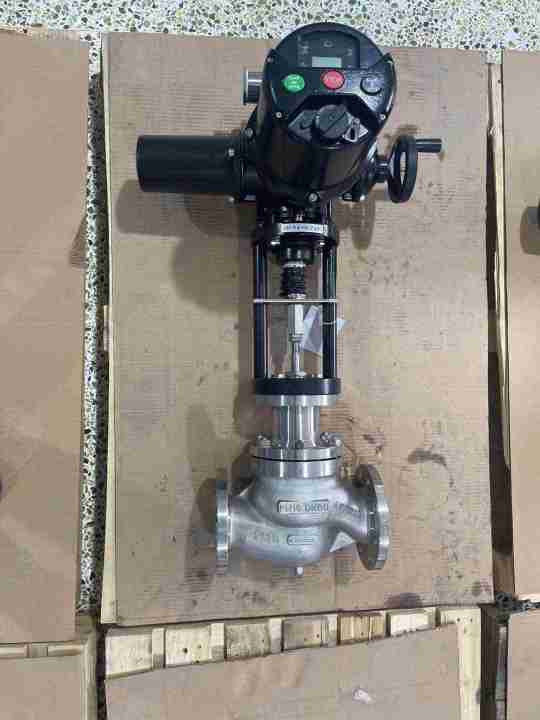
The electric two-seat regulating valve, as its name suggests, features two separate seats and corresponding valve plugs. This dual-seat configuration provides enhanced stability and control, allowing for smoother and more precise adjustments to fluid flow. The valve’s electric actuator, typically a motor or servo mechanism, receives control signals from a central control system, enabling remote operation and automation. The operation of the electric two-seat regulating valve is based on the principle of varying the effective flow area within the valve. By adjusting the position of the valve plugs relative to the seats, the valve can either restrict or enhance the flow of fluids through the pipeline. This capability is crucial in maintaining desired process conditions, such as maintaining a specific pressure or temperature within a system.

